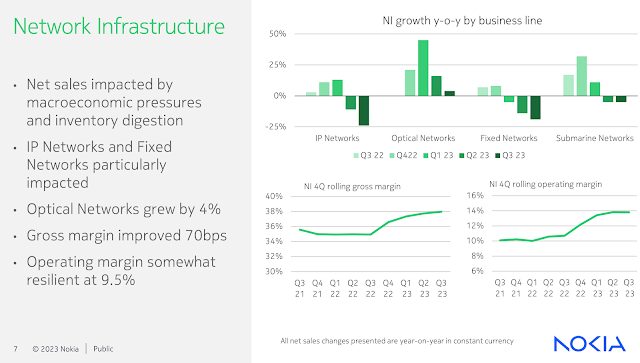Broadcom released the next generation of its StrataDNX family of single chip routers for carriers and cloud operators.
Qumran3D boasts 25.6 Terabits per second of routing in a fixed form factor, with Ethernet port rates from 100 Gbps to 800 Gbps. The design packs three dedicated engines that perform on-chip processing and buffering, large-scale forwarding, and strong security function and native line-rate MACsec encryption on all ports.
Qumran3D’s 256 links of 100G PAM-4 SerDes enable 25% to 50% reduction in optical transceivers power consumption. It also supports emerging 800ZR+ optics for DCI and IPoDWDM.
The company estimates that a routing solution based on a single Qumran3D will save up to 66% more energy and up to 80% more rack space compared to previous generations.
“Qumran3D will accelerate the transition to merchant silicon routers,” said Ram Velaga, senior vice president and general manager, Core Switching Group, Broadcom. “With its unique combination of unyielding performance, power efficiency and security, Qumran3D is the ideal solution for the next generation of fixed, standalone routers. It will revolutionize the way that operators build and manage their networks.”
Key Features
- Up to 25.6 Tbps switching capacity per device
- High-speed, high-density port interfaces up to 800GE leveraging best-in-class 100Gb/s PAM-4 SerDes
- Feature rich processing pipe, addressing any Carrier and Cloud requirement and future-proofing via Elastic Pipe
- Carrier grade Hierarchical Traffic Manager
- High bandwidth, low power, and in-package HBM packet memory
- Massive on chip forwarding databases, eliminating the need for companion devices
- On-chip policy engines, protecting millions of flows
- Integrated IPsec engines and MACsec engines at line rate
https://www.broadcom.com/company/news/product-releases/61461















